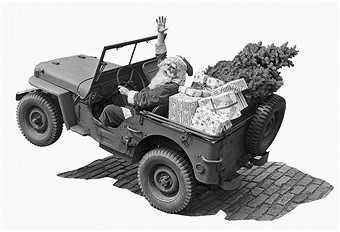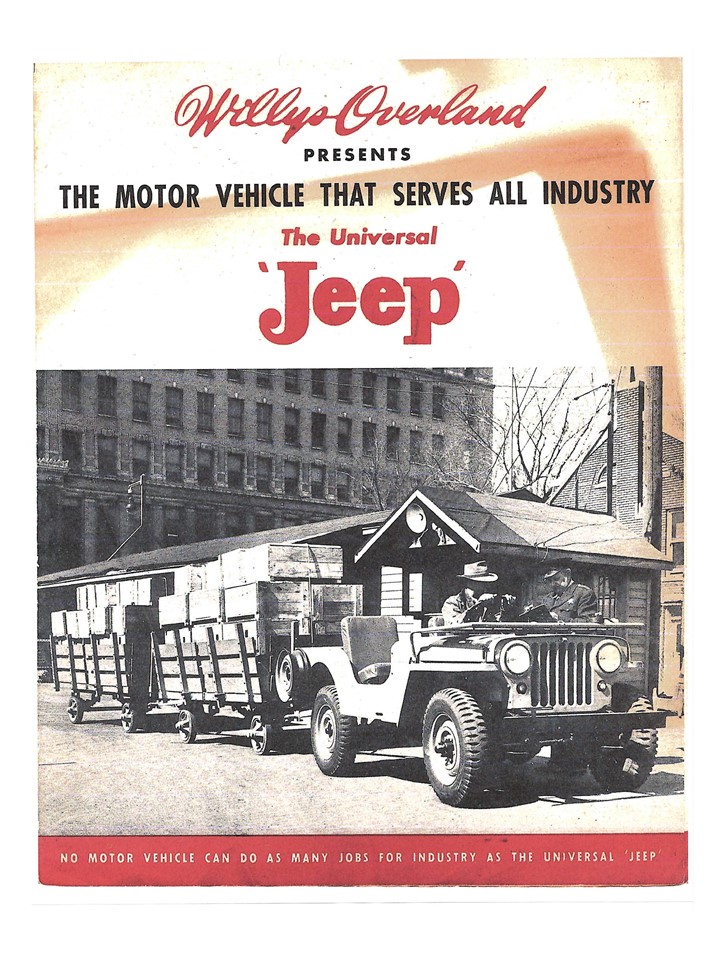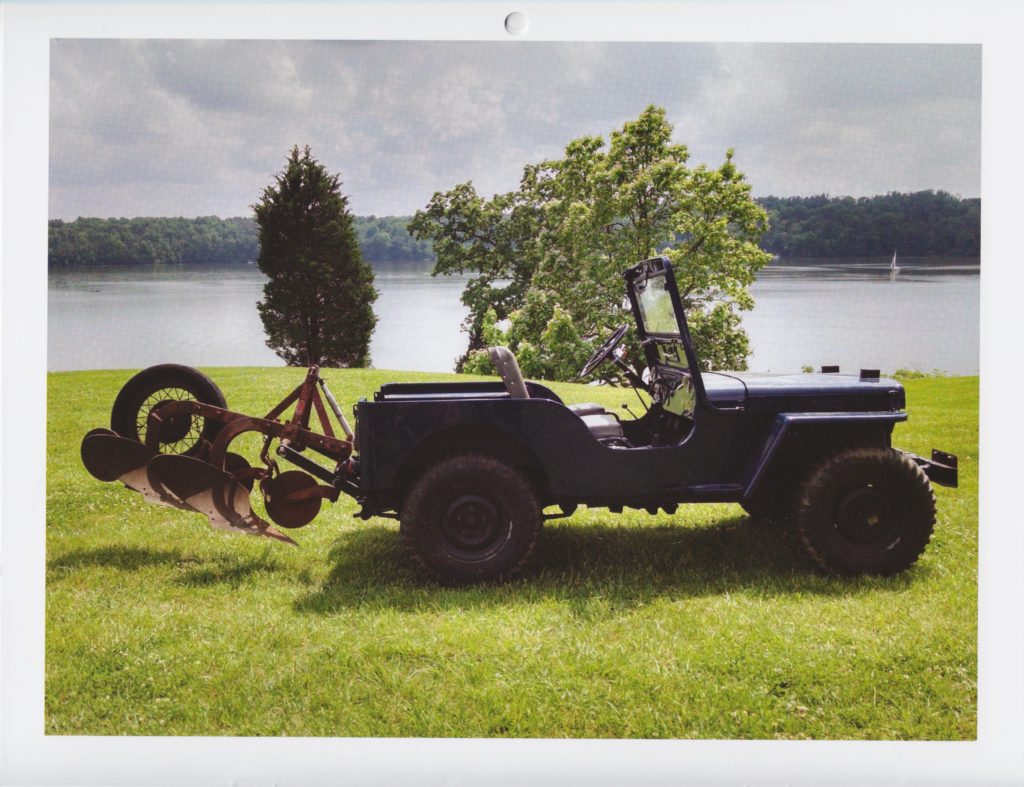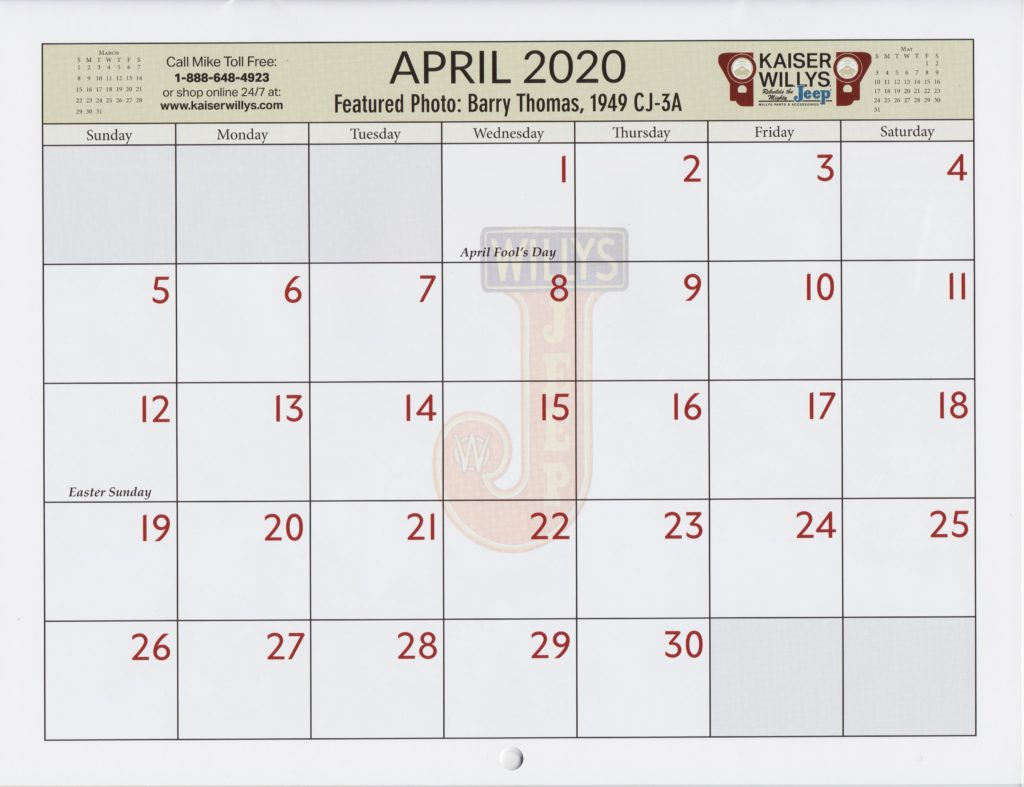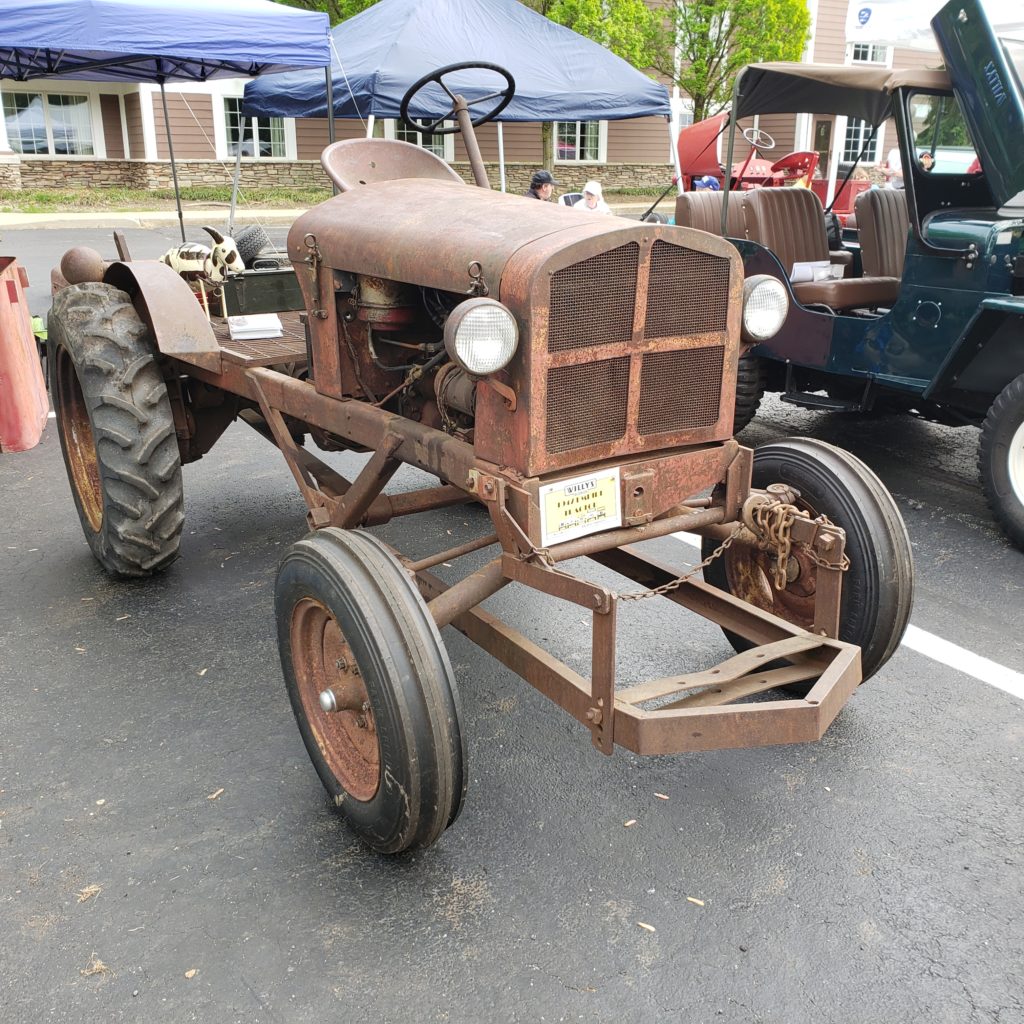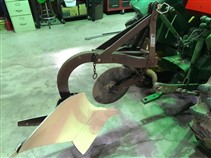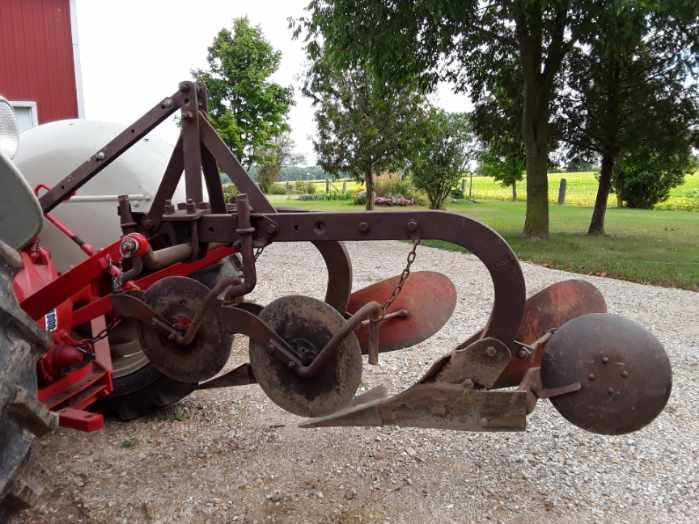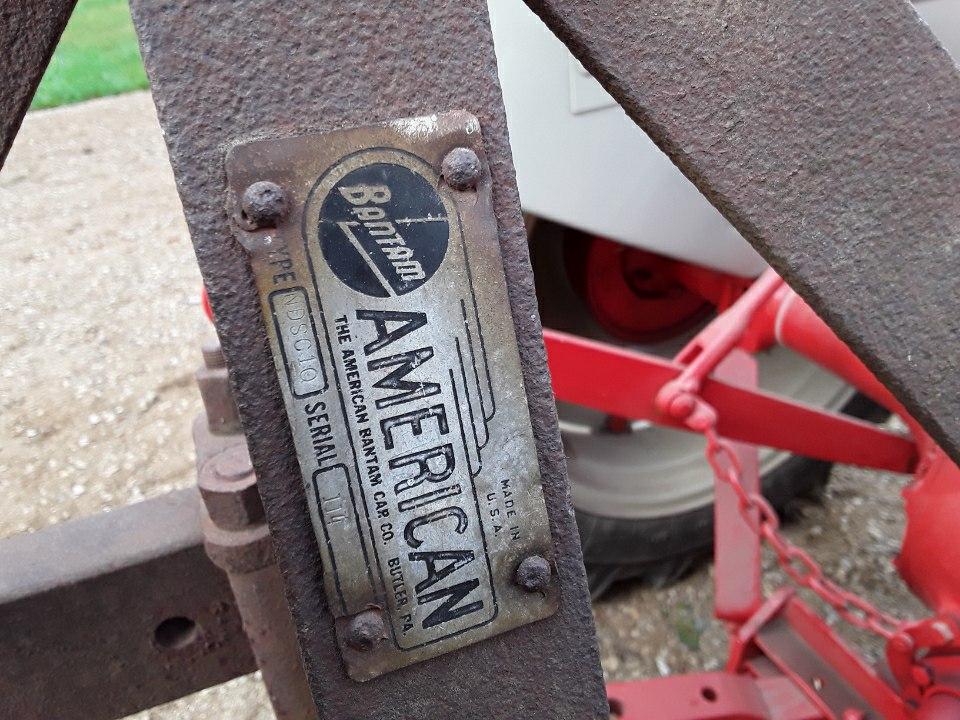A new year and a new decade. Here at Farm Jeep we are always doing research on the Jeep and have come across a couple of interesting predictions. While not looking much beyond the end of World War II, they make fun reading some 77 years later.
A February 14, 1943 article from the Washington Post was titled “When War Is Over, Where Will Jeep Go? Here’s One Man With a Fair Answer” The man was not just any jeep fan. It was automotive engineer Delmar G. (Barney) Roos. Roos is considered by many historians to be the “father” of the Willys military jeep, so his insights are worth consideration
Roos made two major contributions to the development of the jeep. The first was his development of the Go-Devil 4 cylinder engine in the late 1930s. Willys-Overland (hereafter referred to as Willys) was one of the few car makers with a 4 cylinder engine. Ford and others had gone to larger 6 and 8 cylinder engines for their cars.
The Willys engine was plagued with service and performance issues. Barney Roos was hired by Willys and tasked with re-engineering the engine to produce more power and durability. He was successful and just in time for the development of the jeep,
While there is not enough space or time here to tell the story of how Willys won the primary role to build the jeep, we will note that the Go-Devil engine was the tipping point for those making the decision about who would win the battle between Bantam, Ford and Willys. The Roos designed engine out performed the Continental used by Bantam and the 9N tractor engine used by Ford.
Roos next feat was to trim the Willys prototype vehicle’s weight down to within the limits of the government’s specifications. Roos and his engineering team lost pounds by shaving ounces. They cut off bolts and even cotter pins. Any place they could trim weight they did. Roos even weighed a coat of paint and dropped the two-coat process. Legend has it that the second coat would have put it over the limit.
From its introduction, people knew the jeep was a new kind of vehicle. It could go anywhere and do anything. Although the war was far from over in 1943, the Post article was one of many looking to the future and what would become of the vehicle we now know as the Jeep. Here are some excerpts –
“Farmers will Welcome It, City Drivers Have No Use for It, Man Who Pioneered It Contends”
Toledo, Ohio, Feb. 12. – The post-war place of the Army jeep – that small, powerful reconnaissance car of a hundred uses on the battlefield – has come in for a lot of discussion among automotive engineers and others.
You can hear anything you like about it; that it will find a broad market after the war; that it will require only slight alteration to become an ideal light-weight passenger vehicle, that it has no peace time value.
But listen to the man who knows more about the jeep than any other automotive engineer, Delmar G. (“Barney”) Roos, vice president in charge of engineering of (sic) Willys-Overland Motor, Inc. whose design for the jeep was accepted by the Army after the offerings of a dozen or more vehicle manufacturers had been considered.
Says Roo:
“It has great possibilities in agriculture where a small farm is involved, where you don’t have your money tied up in a truck and in a tractor or in a power plant. When the war ends there will be many thousands of these jeeps that can be bought from the government at low prices by the farmers.”
“Certainly, the jeep is not going to affect the passenger car because no one wants a four-wheel drive passenger car that has big tires and is a hog on gasoline. It would eat up tires and gasoline and would be expensive. But it may profoundly affect the agricultural truck.”
While the rest of the article talks more about Roos’ work on improving the military version, our interest is in his predictions. Roo’s description of the small farm use became the post-war marketing strategy of Willys. The returning soldier/farmer who couldn’t afford a truck and a tractor could buy a Jeep and have both. What Roos got wrong – at least partly wrong – was that the government would dump thousands of surplus jeeps on the market and make them available to farmers. That was exactly what Willys feared. They wanted to sell NEW Jeeps and Willys ads showed the farmer why the surplus jeep was no match for the civilian version. We can only imagine what the Willys marketing execs were thinking when they saw Roos’ statement.
Of more interest is his prediction that no one would want a four-wheel drive car with big tires that was also a gas hog – a near perfect description of today’s offering. Barney would be amazed. While there are a couple of very early ads showing the Jeep as a recreational vehicle (towing a travel trailer and hauling fishermen to remote sites) in the early years, it would be decades before the Jeep’s primary role would move from a work vehicle to a recreational vehicle.
Dave at eWillys.com posted a 1944 opinion piece from the Christian Science Monitor that also predicts that no one will want a jeep for anything other than farm work. “Our guess would be that before the jeep wins a lasting place in civilian life it will have to be so reformed and dressed up that a G. I. won’t re(c)ongize it.”
They got that right.


